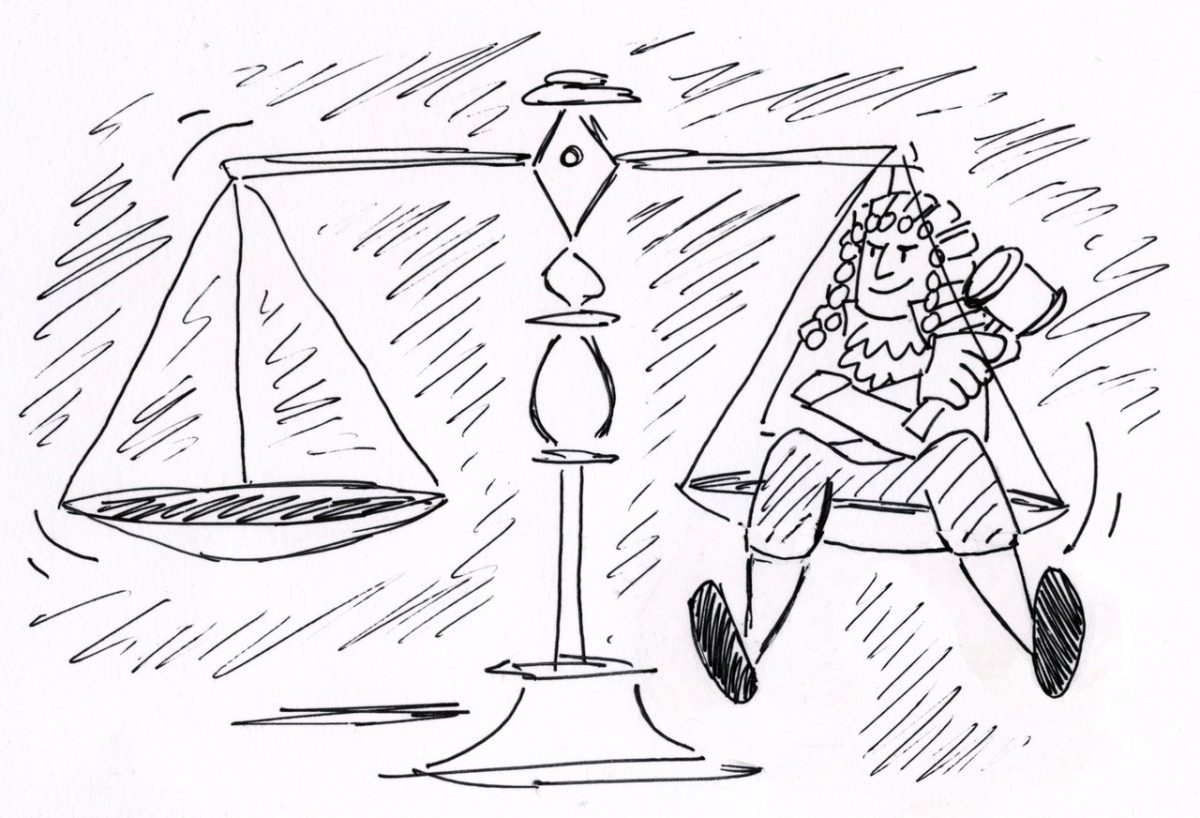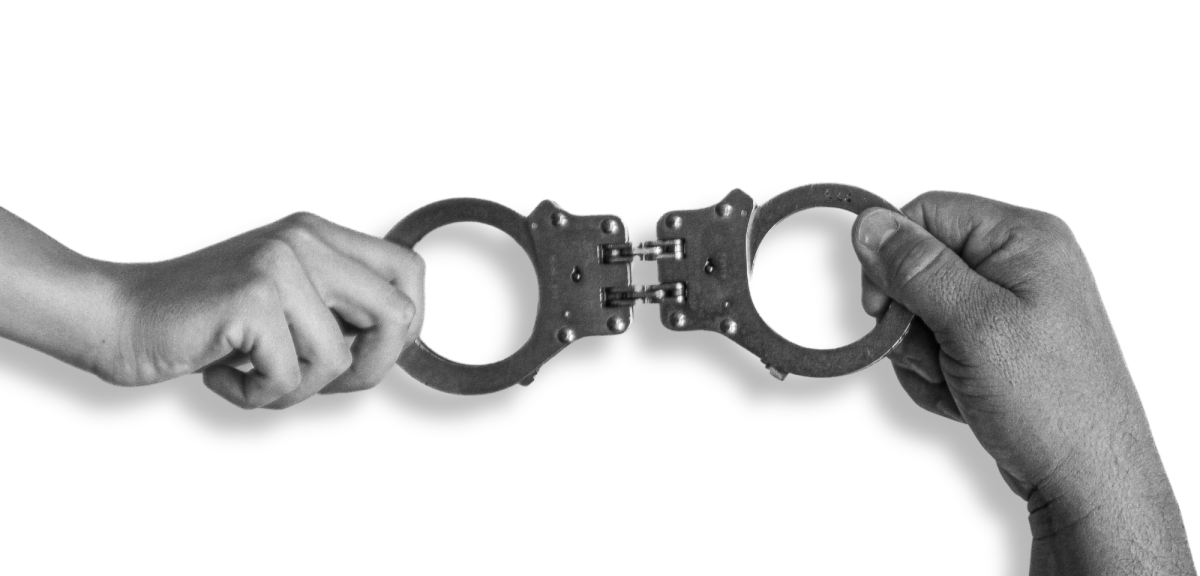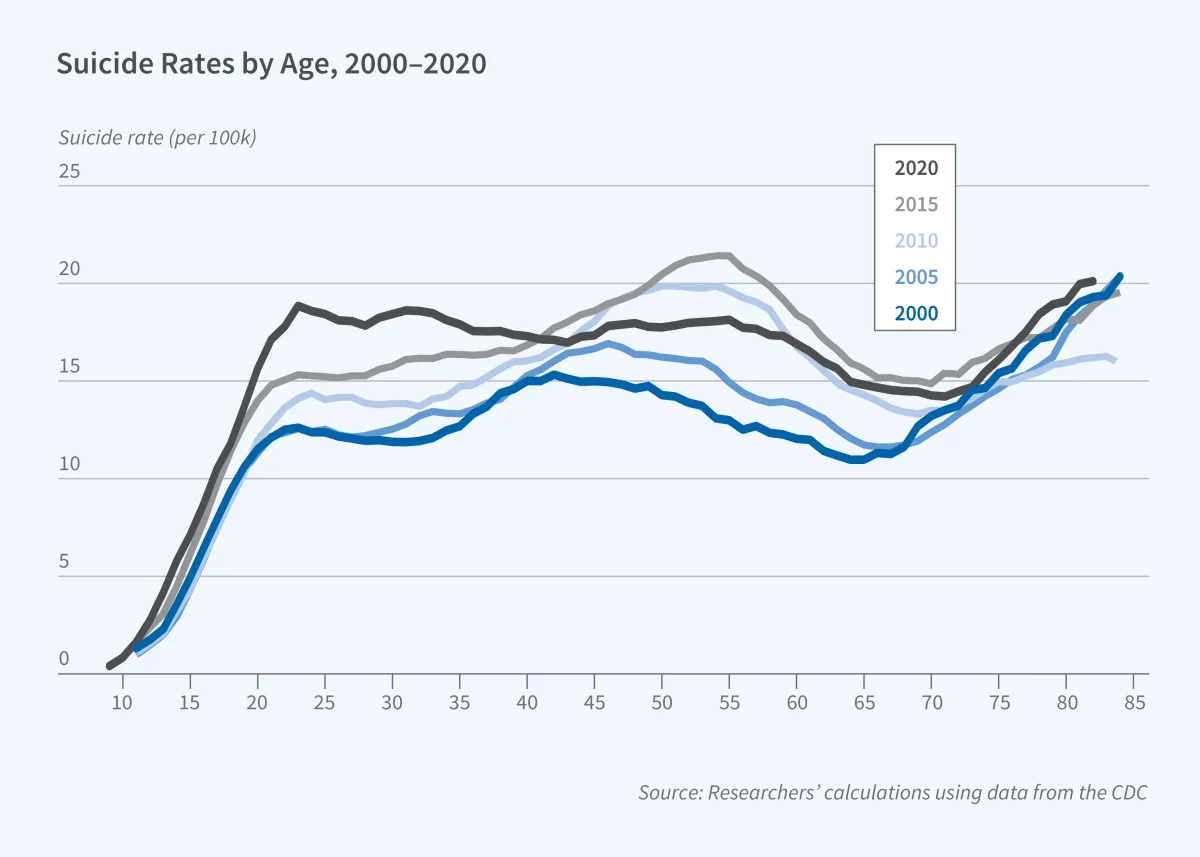An opportunity for high schoolers to jump-start on college credit just got a little more expensive.
In the state of South Dakota, roughly 30% of high school juniors and seniors will enroll in a dual-credit course at some point in their high school career. Last year, this accounted for 5,739 participants statewide. However, under changes made during South Dakota’s most recent legislative session, the state has reduced its contribution to a subsidized rate for high schoolers — shifting a higher percentage of the cost onto students and families.
Dual-credit courses give high school juniors and seniors the opportunity to earn college credit while simultaneously working toward their high school graduation requirements. Along with offering them the ability to experience college-level coursework, the program can also help to reduce the time and cost of completing a post-secondary degree.
“It’s an opportunity for students to really go in-depth on certain programs,” said Dianna Miller, a lobbyist for the Large School Group. “They have a jump-start on credits for when they decide to further their education.”
In terms of cost, students pay just a fraction of the standard price. Undergraduate tuition is set at approximately $266.60 per credit hour across South Dakota Universities. Dual-credit courses are offered at a lowered rate of $156.90, as set by the South Dakota Board of Regents. Prior to the 2025 legislative session, the State of South Dakota split this remaining cost with students, covering an additional two-thirds of the already subsidized rate. Altogether, participating high schoolers paid $48.33 per credit hour.
However, legislation was introduced at the beginning of this year that would reduce the state’s contribution to a 50-50 split. This increased the cost to $78.48 per credit hour. In total, this price increase will save the state approximately $1.2 million annually.
This bill (House Bill 1040) represents just one focus of a broader push by the state to reduce spending.
“The budget was in a deficit situation, and we had to look at all the departments,” said South Dakota Secretary of Education Joseph Graves. “We were trying to find a way to not impact the schools negatively and still save the money that the state needs to save.”
According to Graves, all state departments were asked to offer up cuts — the Department of Education among them. Along with the dual-credit program, it extended cuts to both the State Library and a state mentoring program.
“Certainly, we could have protected any one particular program and taken it out of another one, but we were trying to protect the school budgets because that’s what impacts the students the most,” said Graves.
In any case, this wave of cuts sparked opposition after South Dakota ended its fiscal year with a $63 million surplus. While a majority (two-thirds) of this money came from unanticipated unclaimed property revenue, the rest was a result of this reduced spending within state departments. Opponents to the cuts argued that they were overly aggressive and neglected necessary state programs.
Graves said that this conservative spending model — in line with South Dakota’s constitutional requirement for a structurally balanced budget — is what keeps the state out of debt.
House Bill 1040 (HB 1040) specifically addressed the dual-credit cost split and was introduced on Jan. 14. It was at this point that the Sioux Falls School District became aware of the proposed increase. The bill then passed through the House and Senate, where it was initially rejected by the Senate Education Committee on a 4-3 vote. It was later revived, passed through the Senate, and eventually signed by Governor Larry Rhoden on March 19.
During this process, the bill was subject to significant criticism as some groups were concerned with the program’s accessibility following the price increase.
According to Graves, the dual-credit program — widely considered to be very successful — was actually chosen as a focus because of its popularity and reputation.
“We knew that people would pursue it even if there was a difference in the [split],” Graves said.
Graves added that, while there was significant opposition from legislators to cutting back on such a beloved program, the cuts were a difficult but necessary decision in terms of budget.
Representing the interests of large South Dakota public school districts, Miller was among the group in opposition to HB 1040.
“I think this is an area that the state could have looked elsewhere,” said Miller. “The Constitution requires we balance our budget. I don’t think using this program to try to do that was a good idea. When you increase the cost, that might prohibit some kids from participating because their parents can’t afford to pay the additional amount.”
Miller and her fellow lobbyists plan to monitor over the coming year and may attempt to reintroduce it during the next legislative session. She said she considers the 50-50 split a “loss” and encourages students and families to address the matter with their legislators.
“I think that we have to wait and see what happens with the program,” said Miller. “I don’t want to make a statement that we won’t lose the momentum. I’m thrilled that we have a lot of participation in dual-credit. That’s fantastic. Why wouldn’t we want to try to continue to have that momentum and increase it?”
With the cost increase, students in need of financial assistance should visit with their counselor.
“The Sioux Falls School District, along with community partners, provides and will continue to provide financial support to students who qualify for assistance with dual-credit costs,” said SFSD High School Curriculum Coordinator Kristin Grinager.
“If we’re going to make an investment in South Dakota, the best place to make an investment is in the young people coming up that will soon be governing this state,” said Miller. “That’s a big investment for me.”










